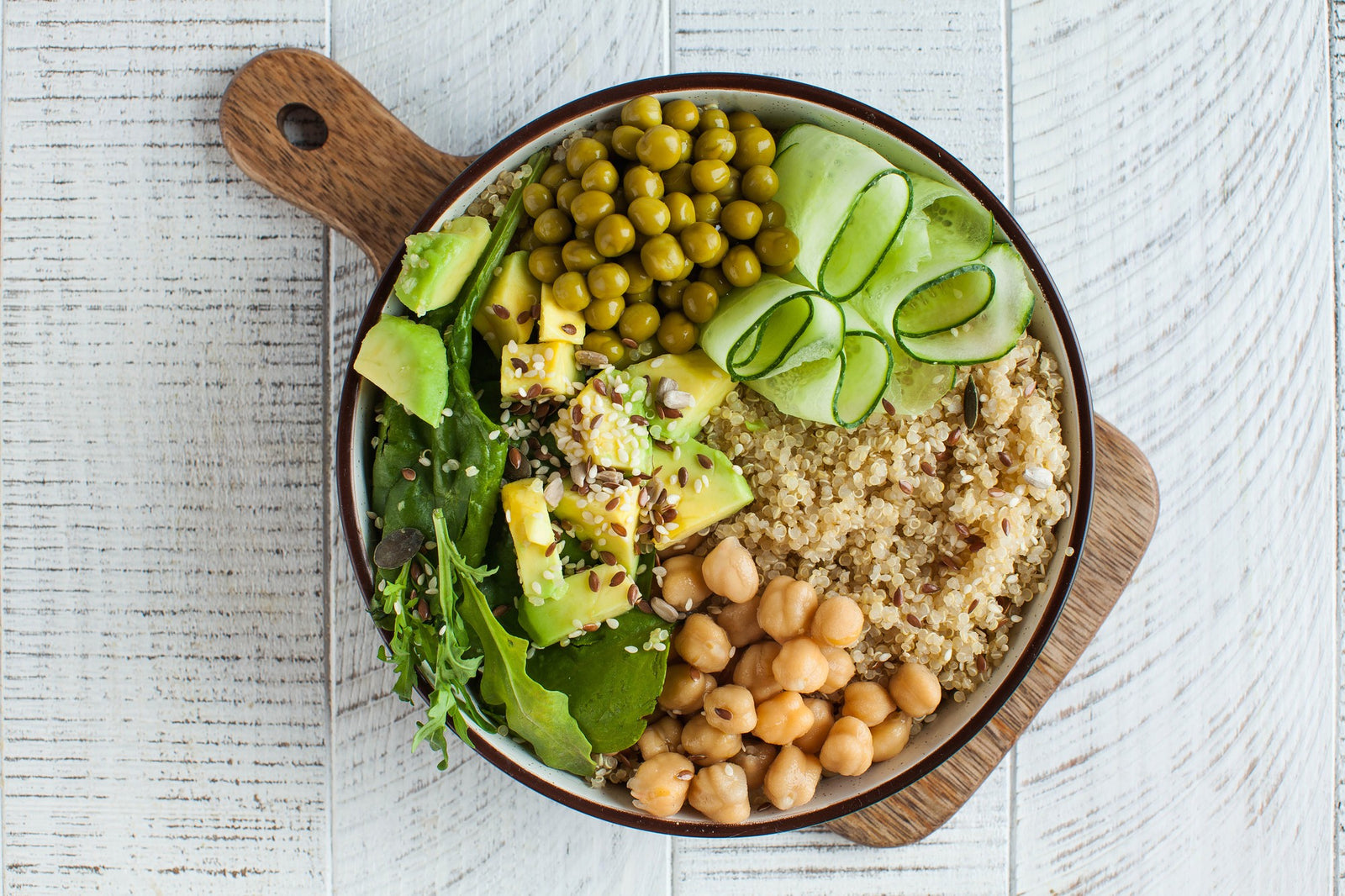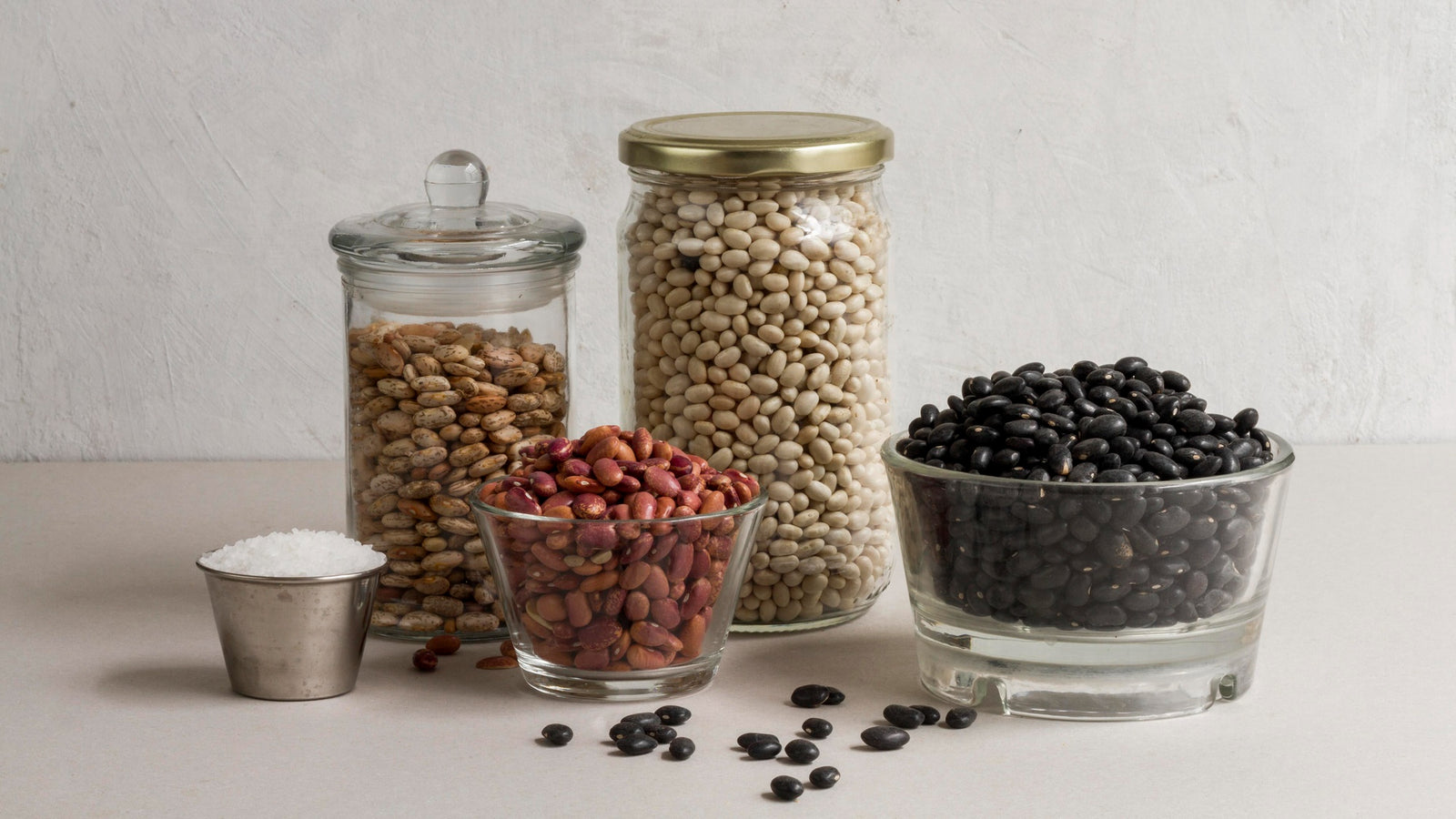
March 04, 2024 3 min read
In the quest for nourishing and satisfying meals, nutrient-rich bowls have become a staple for health-conscious individuals. Packed with wholesome ingredients, these bowls offer a perfect balance of flavors and nutrients. Today, we're diving into the world of hulled millet and white quinoa, two powerhouse grains that can elevate your bowl game to new heights. Get ready to discover a symphony of tastes and textures that not only tantalize your taste buds but also provide a wealth of essential nutrients for your well-being.
Hulled millet, often overshadowed by its better-known counterparts, is a nutritional powerhouse. Rich in essential nutrients such as magnesium, phosphorus, and manganese, millet contributes to bone health, energy production, and antioxidant defense. Its slightly nutty flavor adds depth to dishes, making it a versatile and underrated grain that deserves the spotlight.
Known as a complete protein, white quinoa stands out for its impressive amino acid profile. Packed with all nine essential amino acids, quinoa is a vegetarian-friendly protein source that supports muscle repair and overall body function. Additionally, it boasts a range of vitamins and minerals, including iron, magnesium, and fiber, making it a must-have in any balanced diet.

Start your nutrient-rich bowl with a wholesome foundation of cooked hulled millet and white quinoa. The combination offers a delightful contrast in textures, with the fluffy quinoa complementing the slightly chewy millet.
Load up on vibrant greens and veggies to amplify the nutritional content. Spinach, kale, cherry tomatoes, and cucumber not only add color but also contribute essential vitamins, minerals, and antioxidants to support overall health.
Enhance the protein content of your bowl with plant-based proteins. Consider adding chickpeas, black beans, or tofu for a satisfying and protein-packed experience that keeps you feeling full and energized.
Incorporate healthy fats with avocado slices, drizzled olive oil, or a sprinkle of chopped nuts. These fats contribute to satiety and help absorb fat-soluble vitamins present in the colorful array of veggies.
Elevate the taste profile of your bowl with a variety of flavor boosters. Fresh herbs like cilantro or parsley, a squeeze of citrus, and a pinch of your favorite spices can transform your nutrient-rich bowl into a culinary delight.

Nutrient-rich bowls featuring hulled millet and white quinoa are a delightful and wholesome way to nourish your body. Experiment with different combinations of ingredients, and let your creativity shine as you create bowls that not only look appealing but also contribute to your overall well-being. With these two nutritional powerhouses at the center of your culinary creations, you're on your way to experiencing the ultimate in taste and nutrition. Cheers to vibrant, nutrient-packed bowls that make healthy eating a delicious adventure!
❤ Try our USDA certified Organic Hulled Millet and White Quinoa❤
Related blogs:
Recipes:
Comments will be approved before showing up.

April 24, 2024 3 min read
This article explores the unique characteristics and culinary uses of pinto beans, small red beans, and black beans. Highlighting their distinct flavors, textures, and nutritional profiles, the piece delves into how each bean fits into different regional cuisines and cooking methods. From the creamy texture of pinto beans in Mexican dishes to the firmness of small red beans in Caribbean meals and the robustness of black beans in Latin American recipes, this guide offers a comprehensive look at these versatile staples in global kitchens.

April 22, 2024 3 min read
This article traces the journey of organic kasha, also known as toasted buckwheat groats, from its cultivation as a seed to its role in sustainable agriculture and its culinary uses on the dining table. Highlighting the eco-friendly farming practices and nutritional benefits, it delves into how kasha supports both personal health and environmental sustainability. Rich in protein, fiber, and essential nutrients, kasha is celebrated for its unique flavor and versatility in dishes ranging from traditional Eastern European recipes to modern health-conscious meals.

April 17, 2024 3 min read
© 2024 Be Still Farms- Real, Fine Organics.
Privacy | Terms | Refund Policy | Organic Certification
